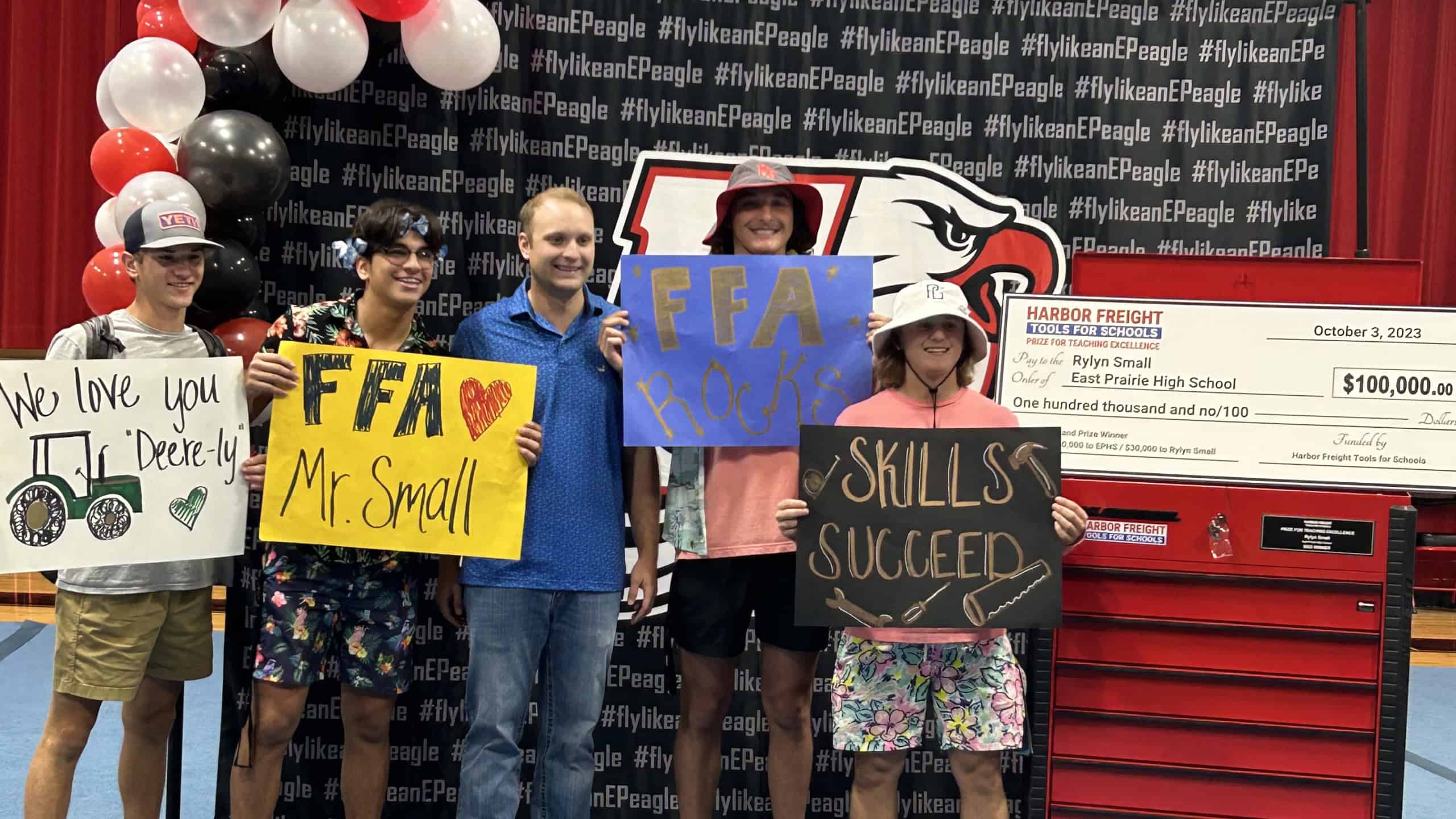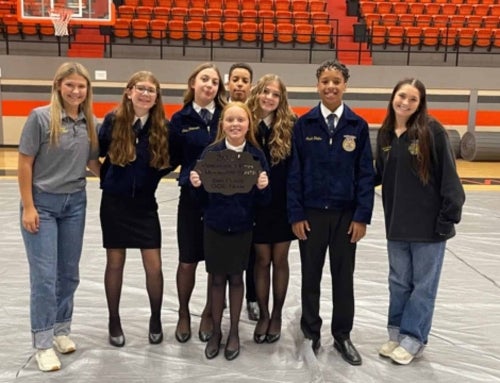After applying for and securing more than $750,000 in grant funding for his chapter, it’s safe to say East Prairie FFA advisor Rylyn Small knows his way around a grant application.
“We were awarded $100,000 through the Harbor Freight Tools for Schools program, and we’ve received three USDA grants as well as a Rising Sun Grant through the Missouri FFA Foundation,” says Small, who was named the 2023 National Association of Agricultural Educators Early Career Teacher of the Year for the state of Missouri. “These grants have allowed us to update our agriculture mechanics lab, expand our animal science lab and purchase a variety of equipment and tools so students can get hands-on experiences.”
Looking to secure grant funding for your chapter? Here are Small’s top five tips for creating a compelling application.
1. Tell your unique story.
Small recommends focusing on what makes your FFA chapter special or different. What sets your students apart? What struggles or obstacles have they overcome, and how have you seen them grow? All of this is part of your chapter’s unique story, he says, and should be woven into your application.
2. Explain how the grant funds will serve your chapter and community.
If you’re applying for a grant that will help grow your animal science program, for example, it’s important to explain exactly how the funds will be used and how your students and the greater community will benefit.
“Make your end goal clear,” Small says. “How will receiving the grant funds make your students’ lives better? What will the impact be on your community? Be as specific as you can.”

Advisor Rylyn Small (left) has used grant funding to create enhanced educational opportunities for his students.
3. Be concise.
Less is more, Small says, especially considering your grant application is likely one of many that will be under review. He suggests editing your application before submitting it and eliminating any unnecessary information or details.
4. Check your spelling and grammar.
Small recommends carefully proofreading your application to ensure it’s easy to read and free of mistakes.
“I put all my text into a digital writing tool called Grammarly,” he says. “Along with catching misspellings and misplaced commas, it points out areas where your writing may be a bit unclear or jumbled and offers suggestions for improvement.”
5. Don’t wait until the last minute.
Each grant application has a deadline for submission. If you miss it, you may lose your chance to receive the funds. As a result, Small suggests setting a self-imposed deadline to complete and submit each application several days before the due date.
Grow With FFA Grants
Applying for and receiving grant funding through National FFA can help take your chapter’s programming to the next level. Check out the Alumni and Supporters grant web page, and watch this video to learn about how Kelliher FFA in Minnesota used grant funding.












